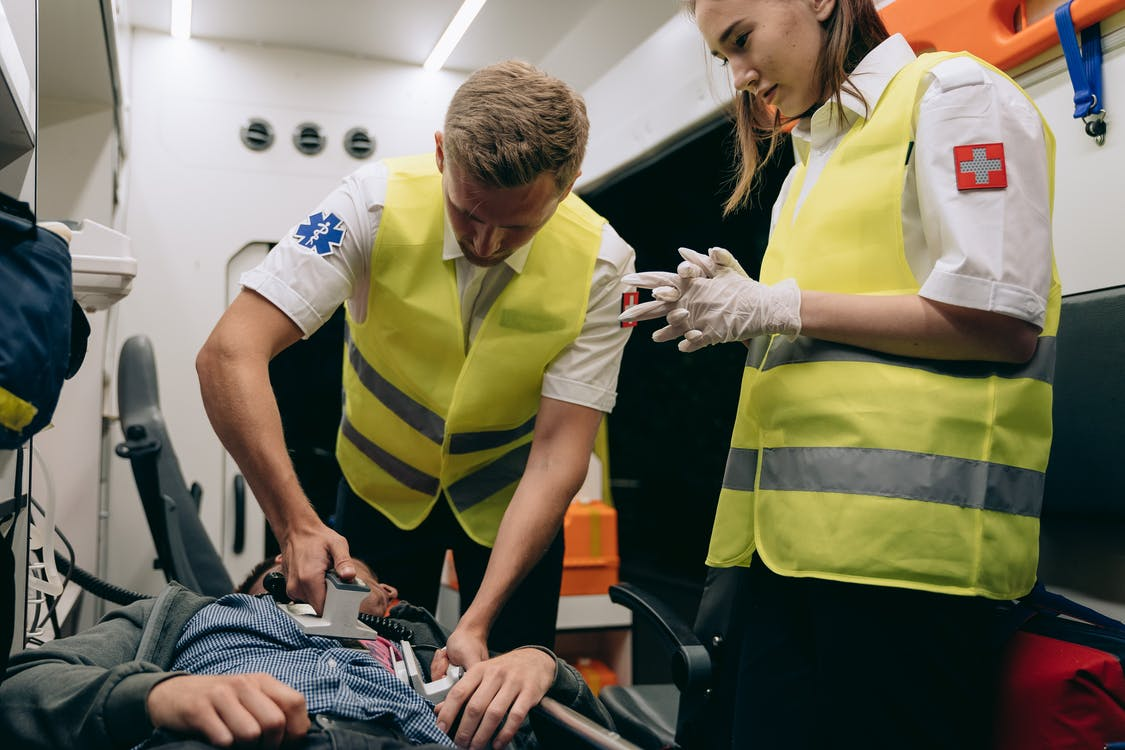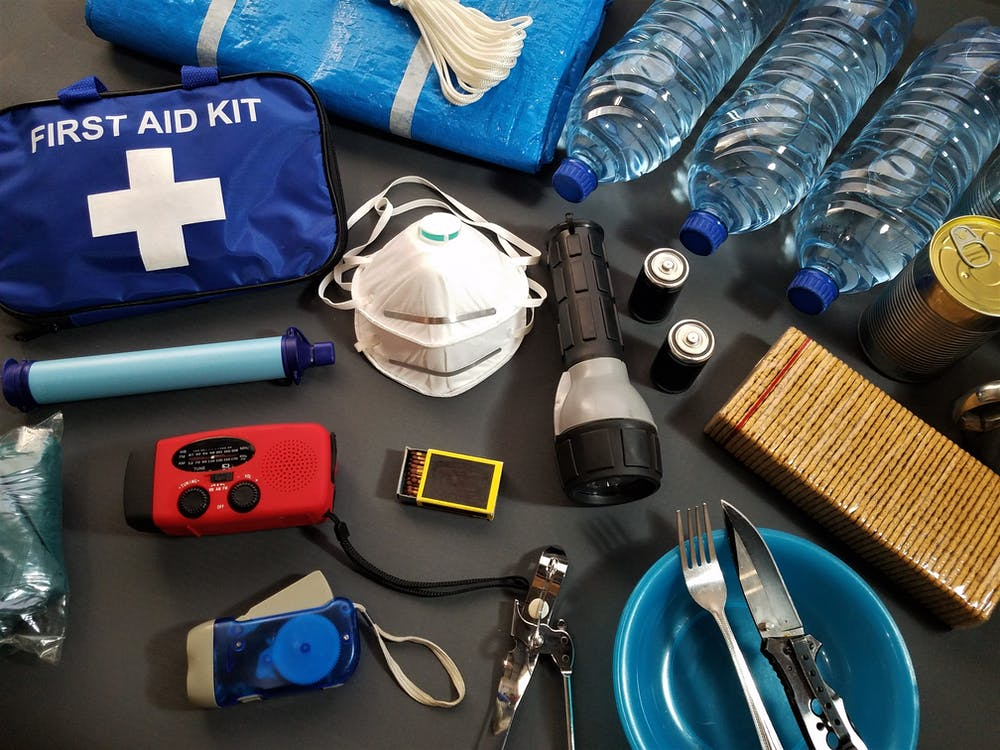Panic and anxiety attacks may seem similar but are entirely different. Anxiety is a feature of several psychiatric disorders. In contrast, a panic attack involves intense fear accompanied by physical symptoms like increased blood pressure and heart rate, shortness of breath, and nausea.
Anxiety disorder is so common that 1 in 10 adults experience it annually. Anxiety and panic are normal to experience, like how you eat, sleep, and breathe. But what is not normal is when you start to experience excessive anxiety.
When you are exposed to triggers like threats to your safety or some physical or mental harm, anxiety can set in and can become more intense, leading to panic attacks. You have to differentiate between an average level of anxiety and fear, and when the anxiety becomes so high, it begins to interfere with your everyday life.
When anxiety becomes your general state of being, that’s when you know that something is wrong and you have an anxiety disorder. Therefore, it’s essential to take occupational first aid training for people with anxiety disorders.
Anxiety Attack: Causes and Symptoms
The causes of anxiety disorders can be complicated. Whether genetic or environmental, understanding the causes and tracking them can be beneficial to equip yourself better to handle your symptoms.
Your health is the first and most important thing that can trigger anxiety. Many people have severe anxiety regarding their health and are often worried and stressed about the possibility of falling ill or having any health issues. Existing health problems can also be a trigger for anxiety. If you’re constantly thinking that you might get sick and find yourself going over all the possible consequences, that can cause anxiety.
The food that we eat can also trigger our anxiety. Foods with high sugar contents can cause a blood sugar spike followed by a quick drop in blood sugar. This can cause anxiety in some people or even feel like a panic attack.
Most people who experience anxiety might tell you that over-thinking is the number one mental symptom they experience. Some other common mental symptoms of anxiety include difficulties concentrating, heightened awareness, where you may become too focused on one thing and unable to move past, and sensory overload, where sounds, textures, and smells around you can become overwhelming and overpowering.
Panic Attack: Causes and Symptoms
A panic attack is a brief episode of intense and focused anxiety that can make you feel overwhelming fear or stress. If you have been in a heightened state of anxiety for anywhere from a few hours to a few days, all that stress can cumulate into a panic attack. Sometimes panic attacks can occur unexpectedly and do not necessarily have any physical or external cause.
You may face some very intense symptoms when you have a panic attack. Many people experience more common symptoms, including shortness of breath, a speedy heartbeat, dizziness, tunnel vision, tremors, and muscle tightness. To understand the severity of panic attacks, you should know that sometimes people can confuse a panic attack for a heart attack.
We Can Help You!
Sign up for workplace safety training at Metro Safety Training. Successful candidates will also receive a Red Cross CPR-C & AED certification. These certifications are valid for up to three years.
We also offer safety courses and certifications in Surrey, Vancouver, Richmond, Burnaby, and Coquitlam.
For more information about our courses, call 604-521-4227.








